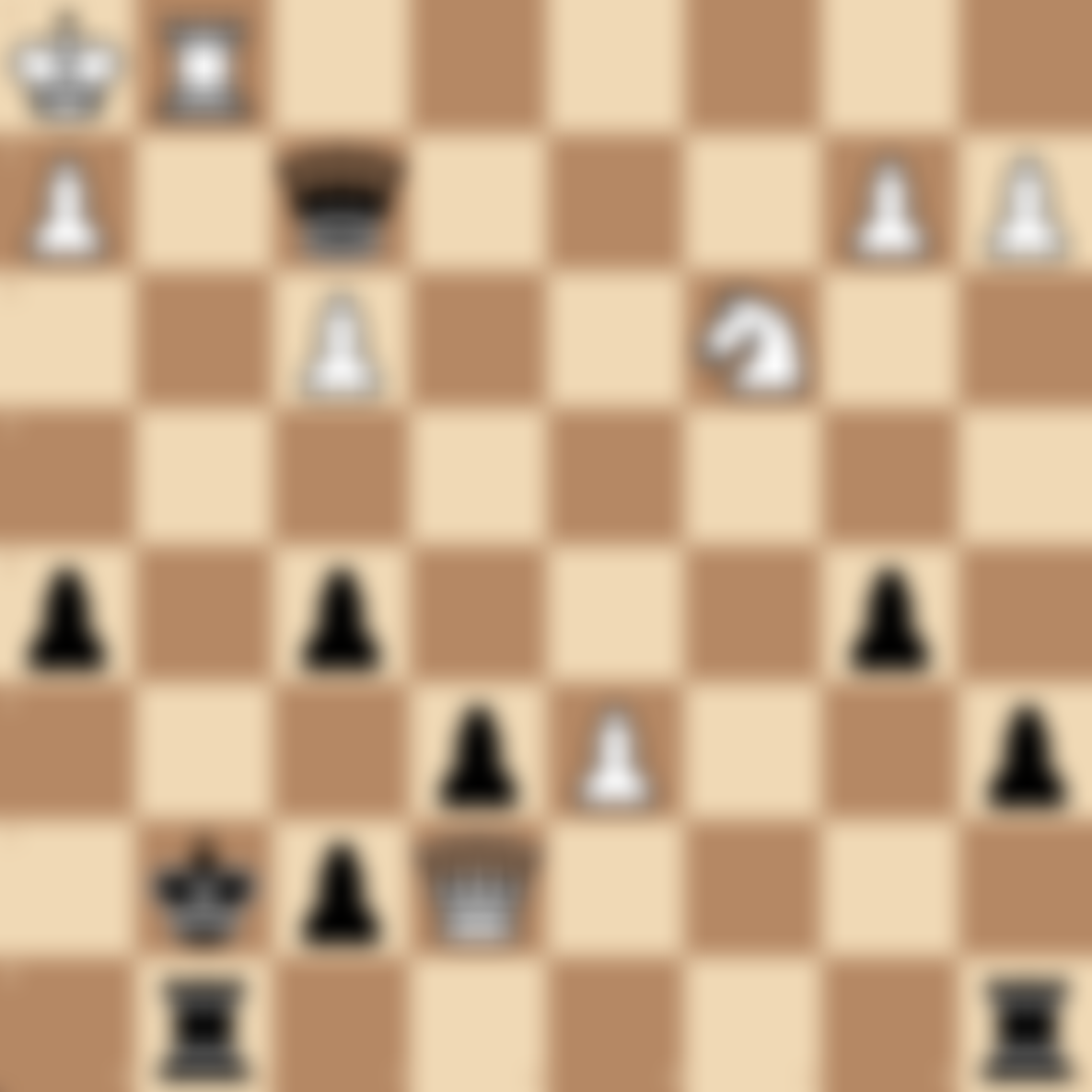X-Ray Attack in Chess: Mastering the Hidden Threat
Table of Contents
- Introduction
- What is an X-Ray Attack?
- How X-Ray Attacks Work
- Types of X-Ray Attacks
- Famous Examples of X-Ray Attacks
- Setting Up X-Ray Attacks
- Defending Against X-Ray Attacks
- X-Ray Attacks in Different Phases of the Game
- Practice X-Ray Attack Puzzles
- FAQs
Introduction
The X-ray attack is a powerful and often overlooked tactical motif in chess. At chesspuzzles.io, we've created this comprehensive guide to help you understand, recognize, and execute X-ray attacks in your games. Whether you're an intermediate player looking to sharpen your tactical vision or an advanced player aiming to refine your strategic skills, this guide will provide valuable insights into the art of X-ray attacks.
What is an X-Ray Attack?
An X-ray attack in chess occurs when a long-range piece (usually a queen, rook, or bishop) exerts influence through an intervening piece, targeting a more valuable piece or square behind it. The name "X-ray" comes from the ability of these pieces to "see through" other pieces on the board, similar to how X-rays can see through objects.
Understanding X-ray attacks is crucial for:
- Identifying hidden tactical opportunities
- Improving your calculation skills
- Enhancing your positional understanding
- Creating and exploiting weaknesses in your opponent's position
How X-Ray Attacks Work
- A long-range piece is positioned to attack through an intervening piece.
- The target behind the intervening piece is typically more valuable or strategically important.
- The X-ray attack creates a tactical threat that the opponent must address.
- This threat can lead to material gain, positional advantage, or even checkmate.
Types of X-Ray Attacks
X-Ray on the King
When the X-ray attack targets the enemy king, it can lead to powerful mating attacks or force significant concessions from the opponent.
X-Ray on Other Pieces
X-ray attacks can target any piece on the board, often leading to material gain or positional advantages.
X-Ray Defense
Sometimes, X-ray attacks can be used defensively, protecting friendly pieces or important squares through intervening pieces.
Famous Examples of X-Ray Attacks
- Botvinnik vs. Capablanca (1938): Botvinnik's famous rook X-ray leads to a crushing attack.
- Fischer vs. Sherwin (1957): A young Bobby Fischer demonstrates the power of X-ray attacks.
- Kasparov vs. Karpov (1985): Kasparov uses an X-ray attack to secure a crucial victory in their world championship match.
Setting Up X-Ray Attacks
- Look for opportunities to place your long-range pieces on open files, ranks, or diagonals.
- Identify potential targets behind enemy pieces, especially undefended or poorly defended ones.
- Create or exploit pins that prevent the intervening piece from moving.
- Calculate the consequences of the X-ray attack, considering all possible responses from your opponent.
- Be patient - sometimes the threat of an X-ray attack is more powerful than its immediate execution.
Defending Against X-Ray Attacks
- Be aware of potential X-ray threats from enemy long-range pieces.
- Avoid placing valuable pieces directly behind other pieces on open lines.
- Look for ways to block the X-ray by moving pieces into the line of attack.
- Consider exchanging pieces to eliminate the X-ray threat if necessary.
- Create counterplay to divert your opponent's attention from the X-ray attack.
X-Ray Attacks in Different Phases of the Game
- Opening: X-ray attacks are less common but can occur in some sharp openings.
- Middlegame: The most common phase for X-ray attacks, often deciding the outcome of the game.
- Endgame: X-ray attacks can be particularly powerful in endgames with reduced material.
Practice X-Ray Attack Puzzles
Enhance your ability to spot and execute X-ray attacks with our collection of specially designed puzzles on chesspuzzles.io:
Try our X-Ray Attack Puzzles on chesspuzzles.io now
These interactive puzzles will help you recognize the patterns and calculate the sequences necessary to execute stunning X-ray attacks in various positions.
FAQs
Q: Can pawns execute X-ray attacks? A: While pawns can't directly execute X-ray attacks due to their limited movement, they can be involved in X-ray tactics by pinning pieces or supporting other attacking pieces.
Q: How is an X-ray attack different from a pin or skewer? A: While related, X-ray attacks are distinct from pins and skewers. In an X-ray attack, the attacking piece exerts influence through an intervening piece, whereas pins and skewers involve direct attacks on aligned pieces.
Q: Are X-ray attacks more common with certain pieces? A: Yes, X-ray attacks are most commonly executed by long-range pieces like queens, rooks, and bishops due to their ability to control long diagonals, files, or ranks.
Master the art of X-ray attacks to add a powerful tactical weapon to your chess arsenal! Ready to test your skills? Try our X-Ray Attack Puzzles on chesspuzzles.io now and learn to spot and create these hidden threats in your own games.
